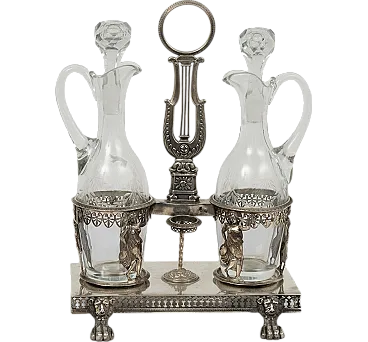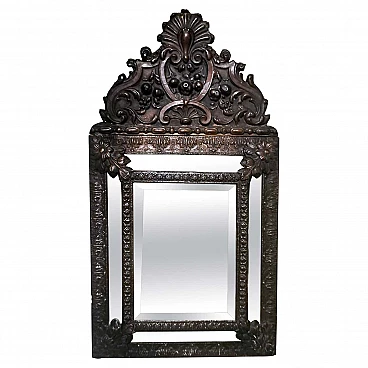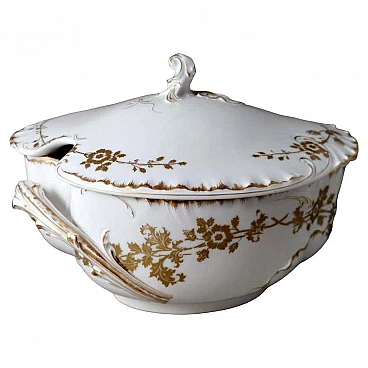Please read the entire description carefully, as we strive to provide you with detailed technical and historical information to ensure the authenticity of our items. This is an exceptional and rare Sheffield Plate tray in early Victorian style. Notably, this tray is rare because it belongs to the transitional period between Old Sheffield Plate and electroplated, or silver-plated items. It was crafted in 1850 by Mappin Brothers, one of the finest English companies, established in Sheffield in 1810 (as indicated by the mark on the underside of the tray). The term “Sheffield Plate” refers to a method of fusing silver and copper, discovered accidentally in 1742 by silversmith Thomas Boulsover in Sheffield. This technique was applied to various domestic items from around 1750 to 1850 and was significant for its technical value and immediate economic and social impact. By 1750, household items for a refined middle class were already being produced using Sheffield Plate. This social class, keen to replicate the lifestyle of the nobility, found in this material an affordable means to achieve their aspirations. Sheffield Plate items were not inferior to solid silver pieces of the era, except for their lower cost, which contributed to the technique's success. After 1840, with the advent of electroplating (a galvanic silvering process), the Sheffield Plate gradually fell out of use and came to be known as “Old Sheffield Plate.” Our tray, made in 1850, was not produced using the traditional Old Sheffield Plate method. Although copper (visible beneath the silver coating in the photos) is still used as the base metal, the silvering was done via the galvanic method, where a significant amount of silver was deposited electrolytically onto the copper. This makes the piece valuable and, as noted, rare, being among the last items made with copper—a superior, though costly, conductor that was later replaced by more economical metals and alloys suited for electroplating (such as brass, nickel silver, and nickel) after approximately 1865. Other production methods also evolved. The engraving on our tray was done by hand using a burin, as copper's softness made it ideal for this type of work. However, with the adoption of harder metals, this manual process was gradually replaced by mechanical techniques. The tray's exquisite handles and vine-themed border are particularly noteworthy, crafted through investment casting and hand-finished with detailed chiseling. Joseph Mappin Sr. founded the company and initially operated it with his son as Joseph Mappin & Son. In 1828, Joseph Jr. (1794-1841) parted ways with his father and partnered with George Arundel (Arundel & Mappin). After Arundel's retirement in 1835, Joseph Jr. continued the business under his own name. The company’s trademark (a “sun”), which also appears on our tray, was registered that year. Following Joseph Jr.'s death in 1841, his eldest son, Frederick Thorpe Mappin, took nominal leadership of the company alongside his three younger brothers: Edward (1826-1875), Joseph Charles (1828-1901), and John Newton (1835-1913). Despite his young age, Frederick proved to be an adept businessman, successfully managing the company, first as Joseph Mappin & Brothers and, from 1852, as Mappin Brothers. In 1851, the company moved its operations to the new Queens Plate & Cutlery Works and participated in the Great Exhibition in London, opening showrooms in the city. In 1857, John Newton Mappin, the youngest brother, joined as a partner. However, in 1859, the Mappin Brothers dissolved, but the company continued to operate successfully under different names. In 1963, Mappin & Webb merged with Elkington and Walker & Hall to form British Silverware Ltd. Unfortunately, the merger was unsuccessful, and in 1971, the Mappin & Webb factory in Sheffield closed its doors. The tray is in good, unrestored condition, showing signs of 174 years of wear. Dimensions: width 73 cm, depth 46 cm, height 3 cm. We use special packing materials (wooden crates, Styrofoam, etc.) for all our shipments to ensure maximum protection and safety of the items.
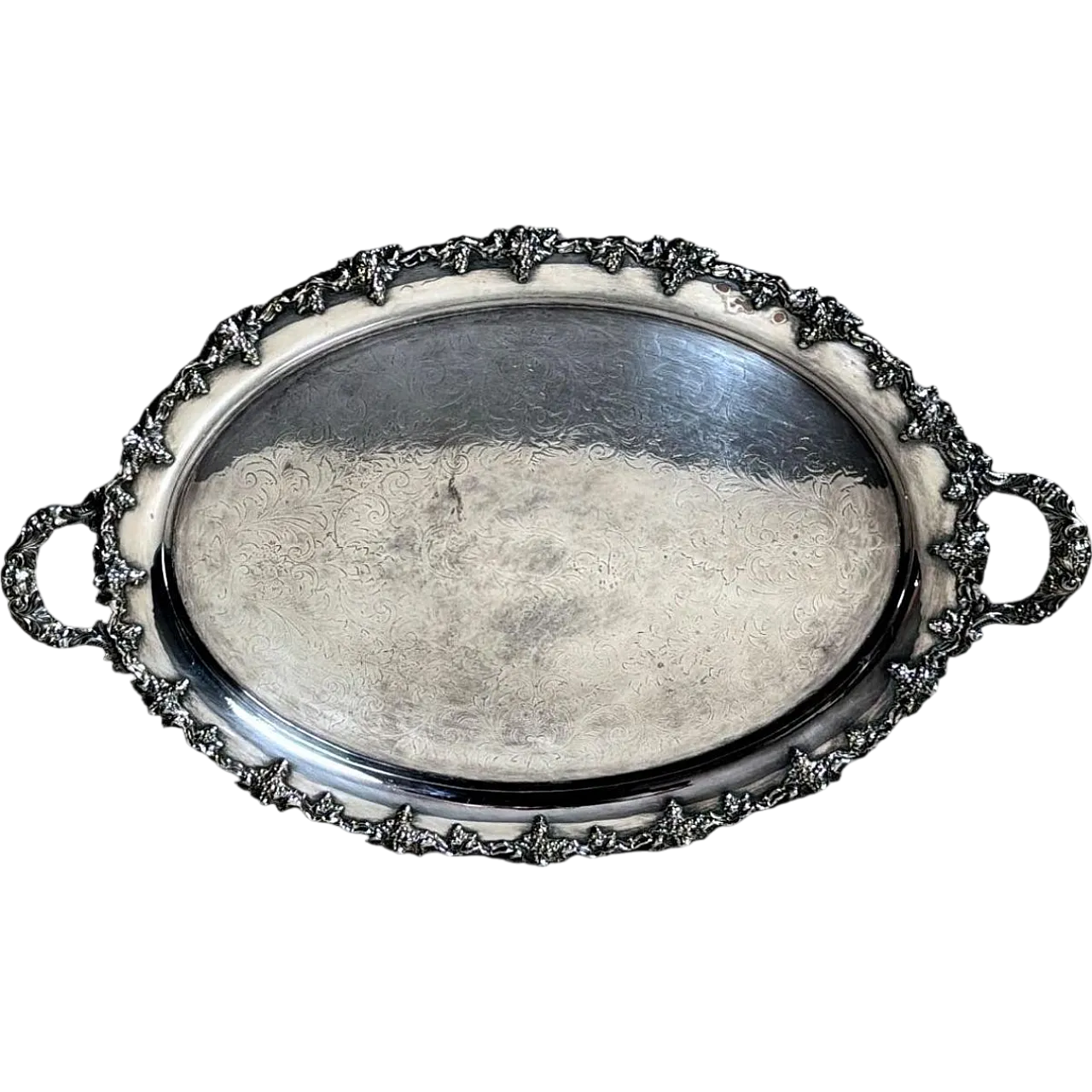














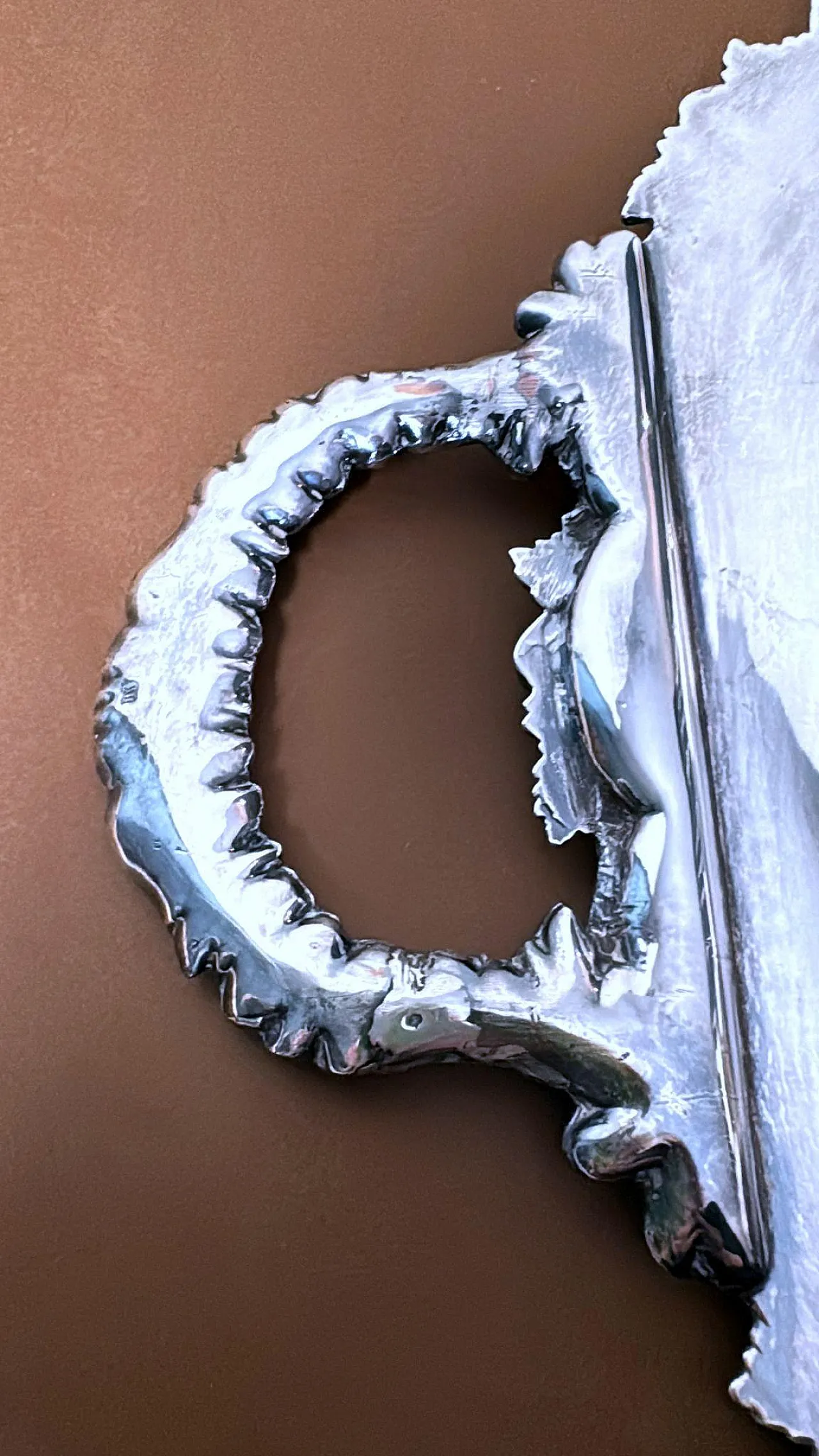
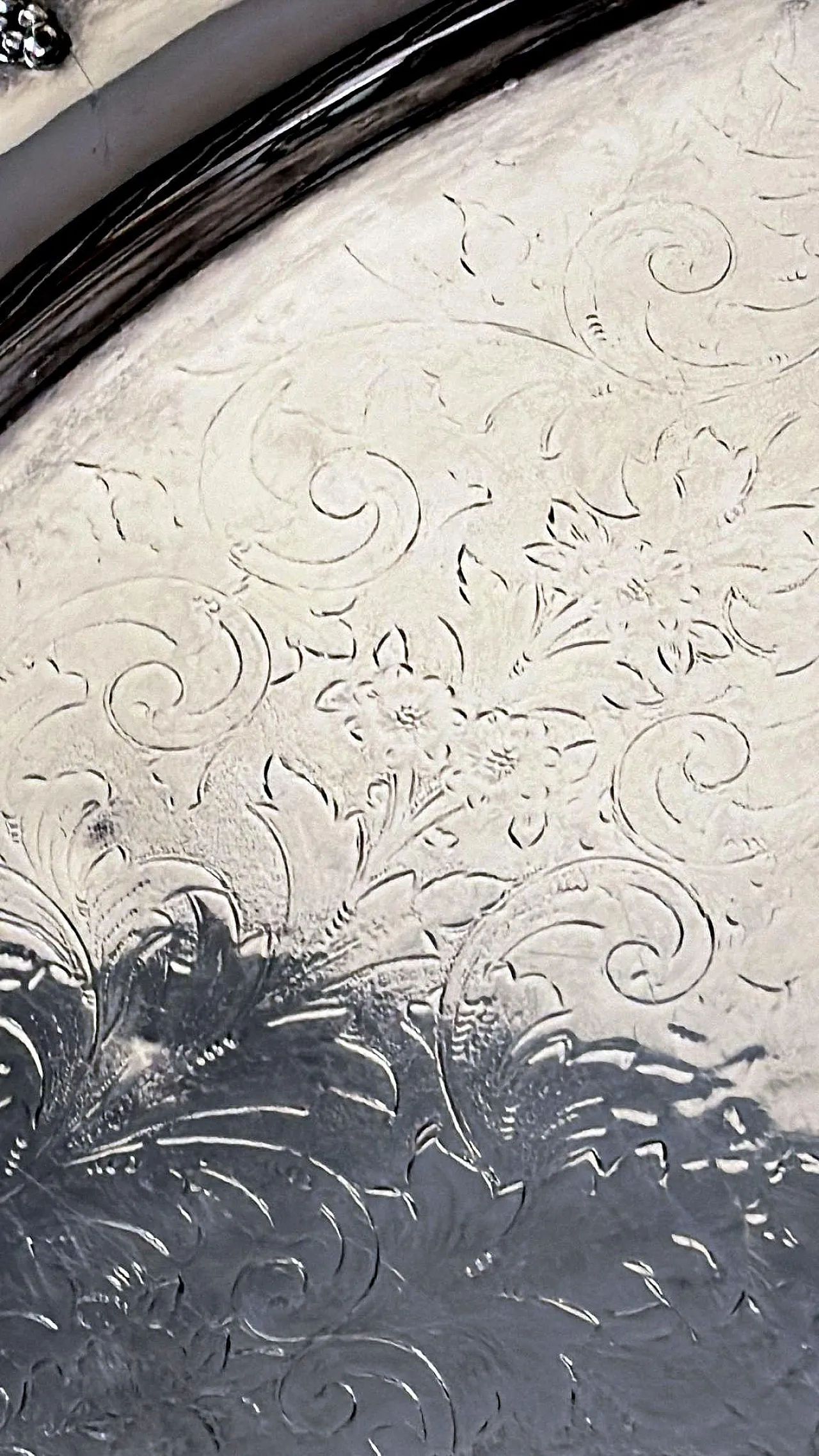
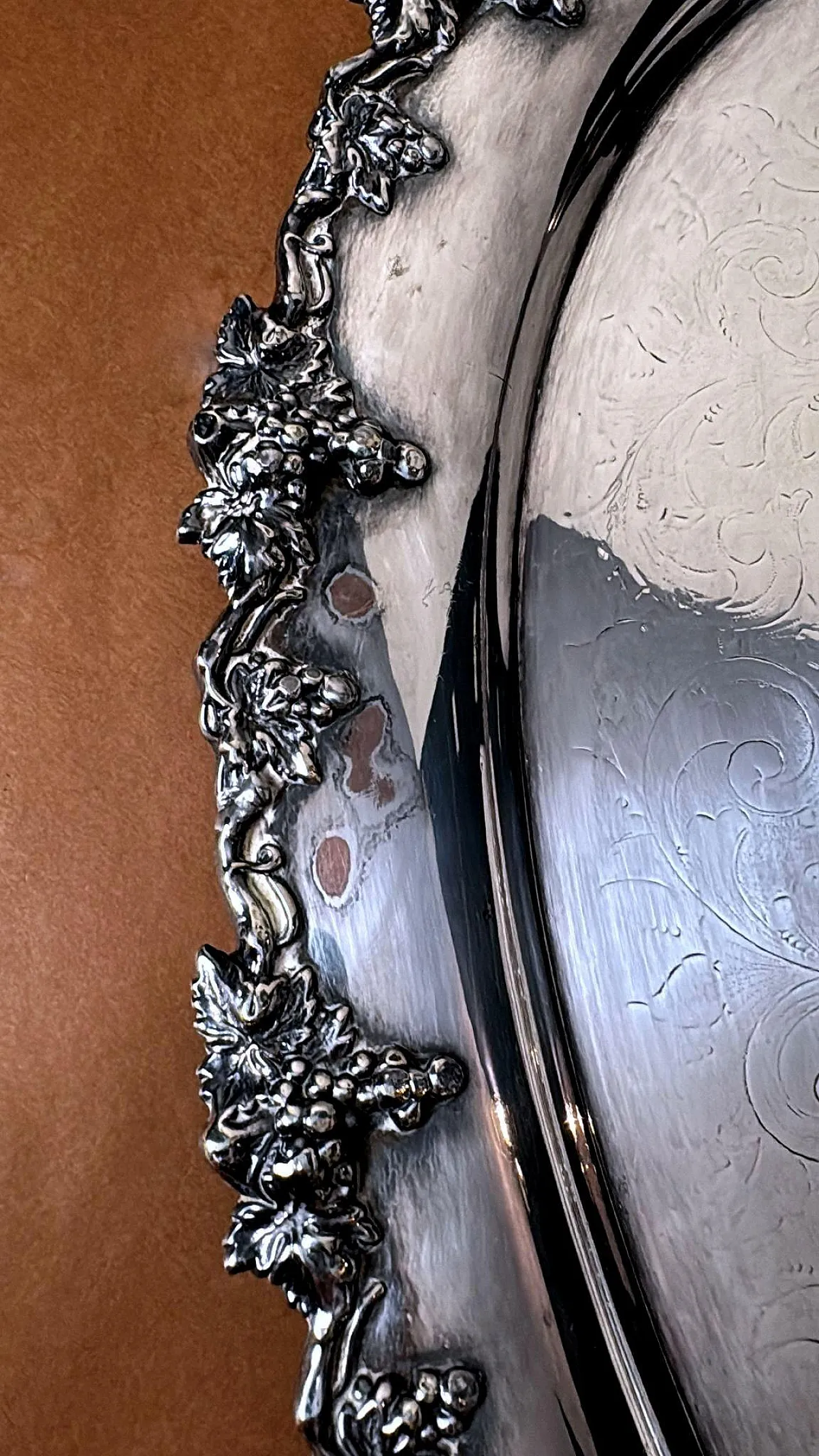
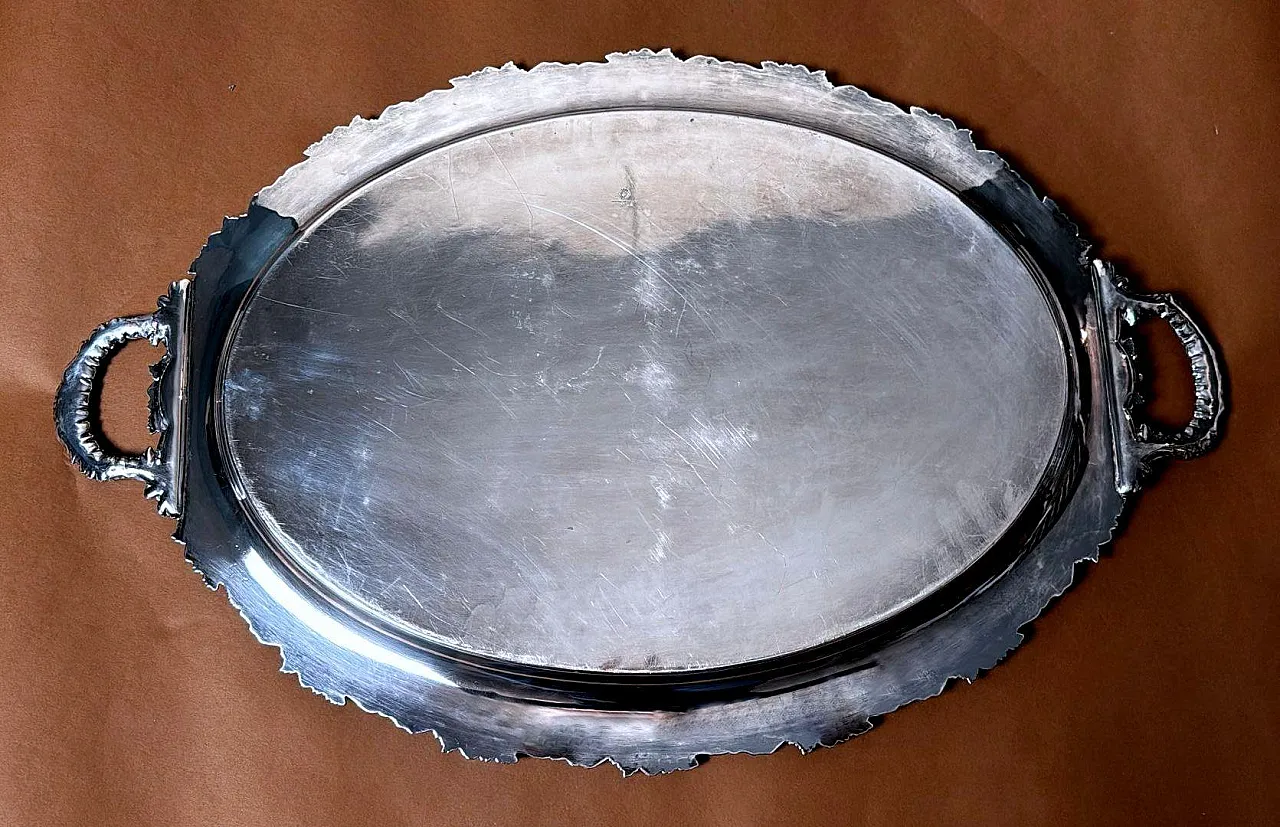


 SILVER Seller in Prato, Italy
SILVER Seller in Prato, Italy






.png)









